Can Only Recommend What Truly Satisfies Me.
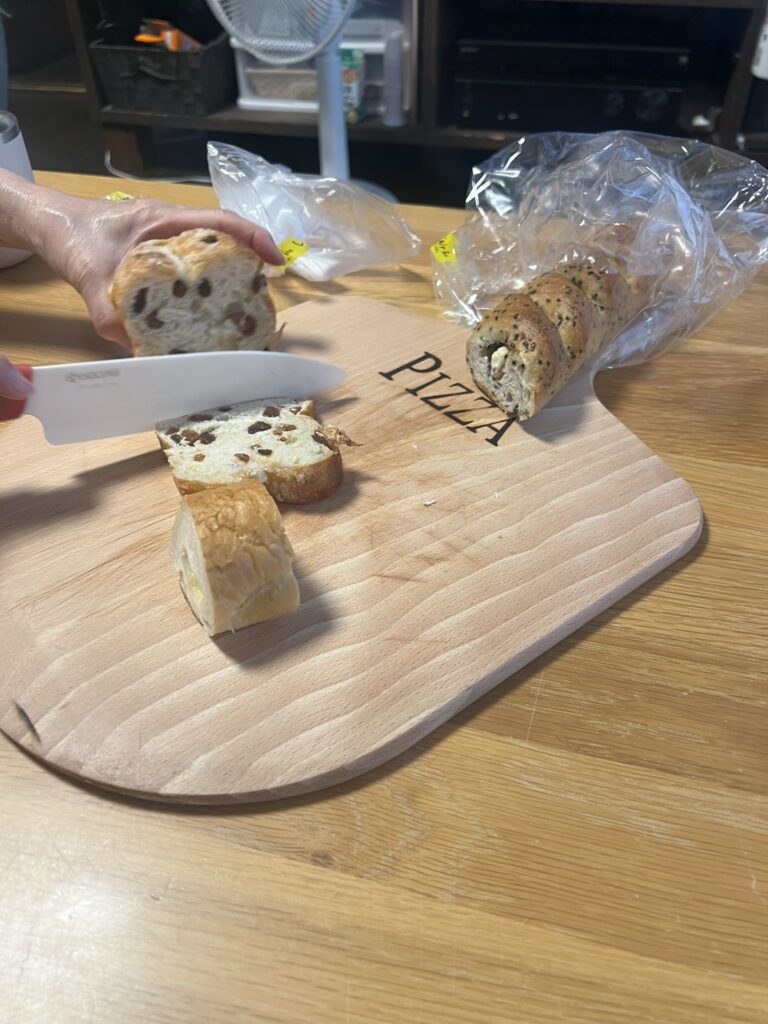
A photo of cutting bread at a completely ordinary home table.
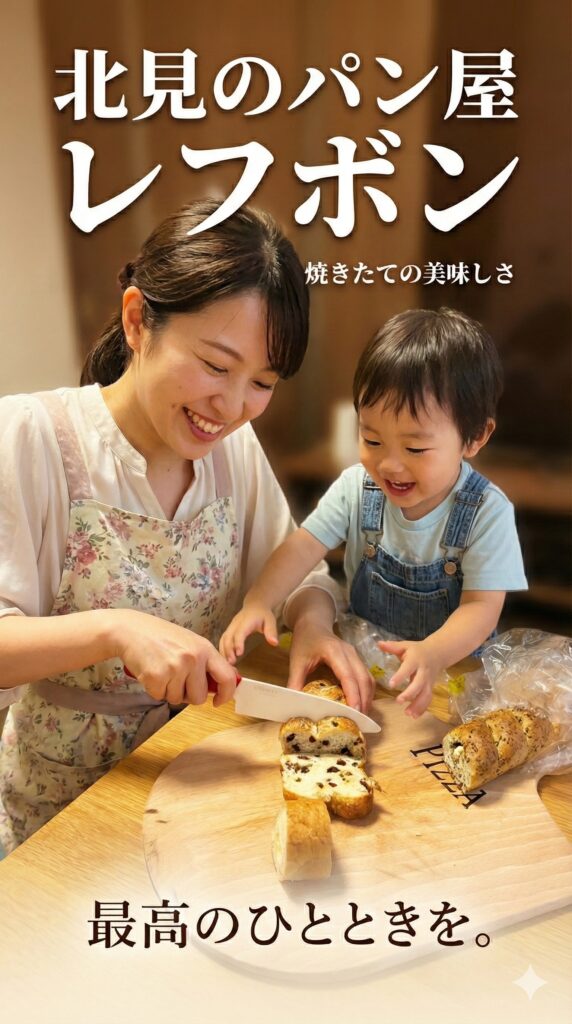
“Please make it look like an advertisement showing a parent and child happily cutting bread bought at Refubon.”
Just this one instruction, and it turns into this in an instant.
Gemini 3… is amazing.
Naturally, adding addresses or store logos would be easy too.
We won’t need ad agencies anymore.
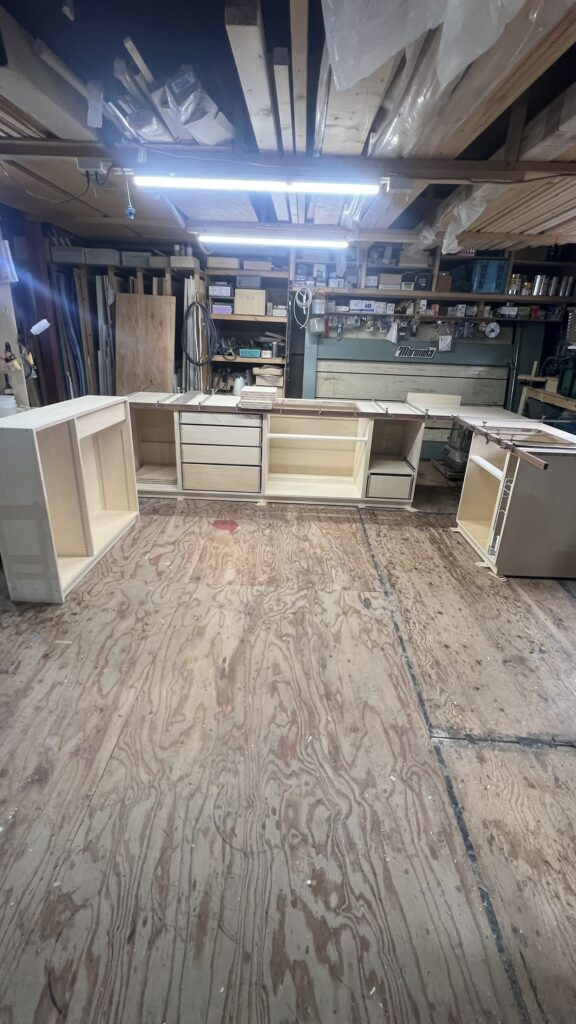
In the midst of making a kitchen.
This time, it’s a mirror-image version of the one I made before. Basically, it’s the exact same thing but looks like it’s reflected in a mirror.
What’s important here is to completely reset my mind from the previous build once. Usually, with this kind of pattern, you end up making big mistakes.
That’s why I have to reset, redraw the plans properly, and then start building, or this senile old man will mess it up.
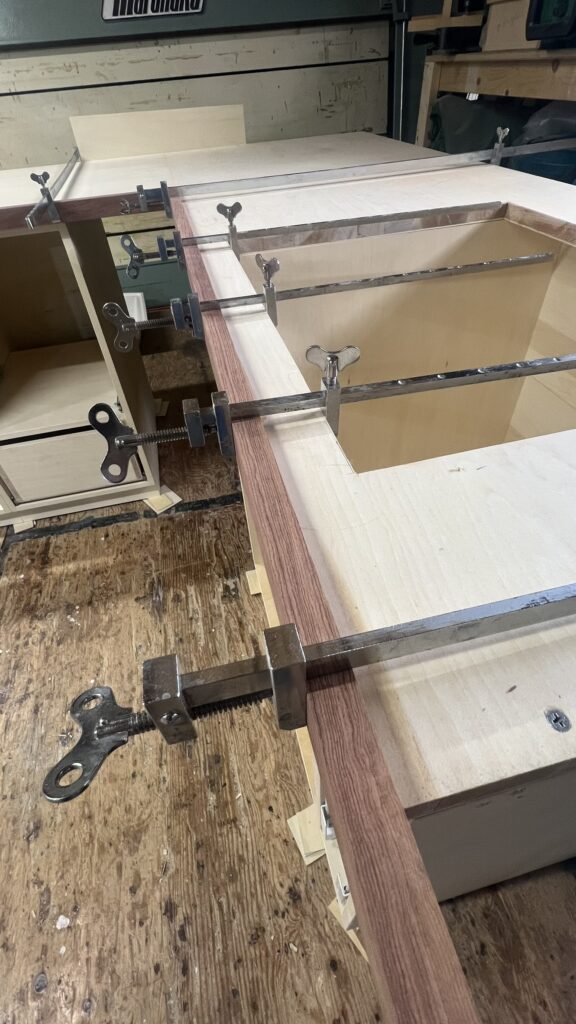
The walnut wood I intended to use for the front edge of the countertop was out of stock in the workshop.
It’s not material where you can just get one or two pieces; I’d have to order at least 100,000 to 200,000 yen worth to stock it. Plus, if I ask now, it’s likely not available in Kitami right now anyway.
So, I had no choice but to use my prized Rosewood. Rosewood is quite a rare timber. I think Walnut is around 900,000 yen per cubic meter, but Rosewood is even more expensive, probably around 1 to 1.5 million yen per cubic meter.
Just to process the wood for this front edge, the cost of the raw board is a little under 30,000 yen…
On top of that, it’s incredibly hard to process, and woodboring beetles love this wood. I discovered a hollow spot during processing, and one raw board turned into firewood (tears).
I processed another one and succeeded. As a result, just the material cost was over 50,000 yen…
The oil content is incomparably higher than other woods, so I have to degrease it with alcohol before gluing. It’s a troublesome material.
But I bet to a layman, it just looks like “brown wood.”
Well… it can’t be helped…
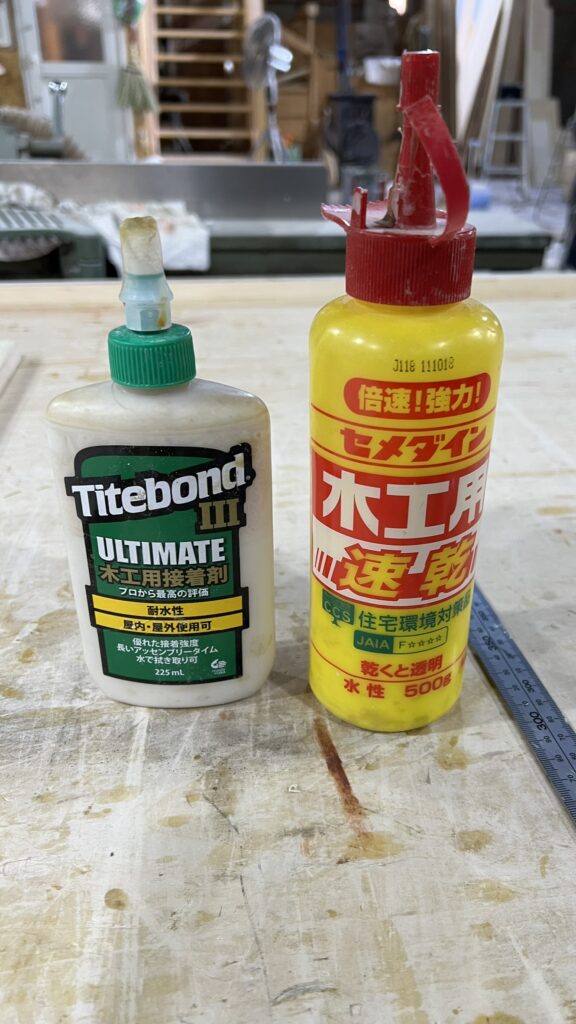
For gluing, I use a safe and strong adhesive called Titebond III.
The price is about 7 times higher than the common Japanese wood glue seen on the right side of the photo. However, considering the safety and strong bonding performance, Titebond III is the only choice.

Japanese wood glue is, well, reasonably safe, but a bit suspicious…
Its drawback is that it’s particularly weak against water and dissolves easily.
Once it sticks, the glue becomes invisible. Nobody thinks about how it might affect the human body in the future, and there’s no visible benefit, but I adopt it purely for self-satisfaction.
The First Take is out.
Everyone is cute, everyone sings well… Perfect.

